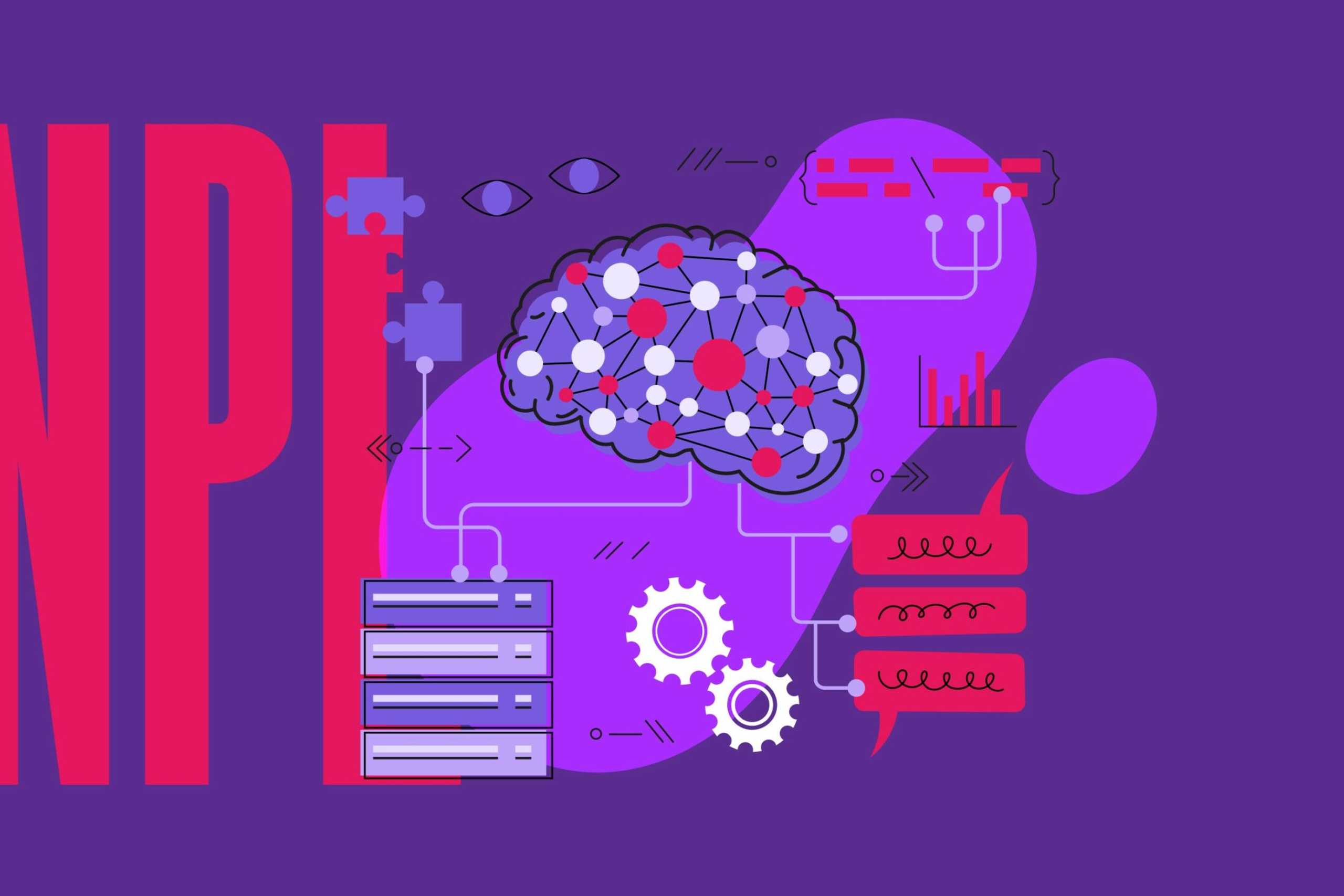
January 24, 2024
Two methods are becoming quite popular as modern businesses use digital operations to support their growth and agility: CloudOps and DevOps. According to IDC’s most recent estimates, the market for intelligent CloudOps software might grow from $15.3 billion in 2022 to $31.4 billion in 2026 globally.
Similarly, the worldwide DevOps market is rising steadily at a compound annual growth rate (CAGR) of 19.7% throughout the forecast period. By 2028, it would have increased from an anticipated $10.4 billion in 2023 to $25.5 billion. These figures indicate that these two models are becoming popular among organizations.
Businesses need both DevOps and CloudOps to increase the agility of their software development and IT operations. Through cloud resource optimization, or clouds, scalability and cost savings are increased.
On the other hand, DevOps promotes teamwork, automation, increased software dependability, and enhanced customer experiences.
Even if these models are similar, knowing how they differ is necessary to select the best strategy for your company. This blog post will compare and contrast CloudOps with DevOps, highlighting their benefits and drawbacks.
What is CloudOps?
CloudOps, which stands for Cloud Operations, accelerates business processes by applying IT operations and DevOps concepts to a cloud-based architecture. The core of cloud operations is continuous operations.
Optimizing workloads and the delivery of IT services in the public cloud is the primary objective here. Asset management and capacity planning are formed to adjust capacity as needed without additional hardware or storage purchases.
Benefits of CloudOps
Scalability: Without the need for extra hardware for storage, Cloud Operations assists in managing the capacity. Asset management and resource allocation are carried out effectively in cloud operations.
Automation: It offers automation across several SDLC phases, such as doing quality assurance and producing reports. It leads to uninterrupted application utilization and a quicker time to market.
Accessibility: Cloud Operations enables anybody, on any platform, to effortlessly administer, keep an eye on, and run servers from any location in the world.
Continuous Operation: The software is automatically updated, which assists in offering customers continuous operation and services, i.e., the cloud’s operations are constantly accessible.
Seamless Integration: Applications that share shared services can coexist in the cloud without requiring connectivity.
Limitation of CloudOps
Cost Overruns: If your cloud budget is idle or underutilized, you face the risk of going overboard. 35% of the cloud budget gets lost due to idle resources, wasted space, and inefficiencies.
Security Issues: Although cloud services safeguard underlying systems, they are nonetheless susceptible to attack and compromise. Therefore, appropriate security setups ought to be taken care of.
Absence of Governance: Cloud services might be executed rapidly and smoothly, but governance has grown difficult. Increased security risks, lack of management, and compliance might result from rapid implementation.
Skill Gap: One of the main obstacles is a need for more experience with cloud platforms.
What is DevOps?
The acronym DevOps, which stands for “Development and Operations,” refers to a group of methodologies that emphasize teamwork while expediting corporate procedures.
It is essential to shorten the time needed to roll out updates and high-quality software. The primary goal of DevOps implementation is to assist businesses in enhancing their company procedures, instruments, and productivity to enhance employee satisfaction and consistently provide value for clients.
Benefits of DevOps
Pace: DevOps ensures that you move at the necessary pace to fulfill consumer requests, innovate more quickly, respond to changes in the market, and improve your efficiency in achieving business goals.
Security: The DevOps methodology aids in achieving security by using integrated and automated security testing technologies.
Reliability: DevOps techniques such as continuous integration and delivery (CI/CD) guarantee that the quality of the application can be preserved, and the infrastructure and application updates may happen quickly. It guarantees end users the best possible experience as well.
Faster speed to market: Increasing the frequency of releases and providing continuous delivery will help you improve your product more quickly and gain a competitive edge.
Enhanced Cooperation: The teams work closely together, assign tasks to one another, and integrate their workflows thanks to the DevOps methodology.
Limitation of DevOps
Increased Risks: According to its high automation requirements, DevOps can cause several problems if not set up correctly. When these problems arise, DevOps may also make it challenging to identify their origin.
Integration Challenges: When implementing DevOps, a large organization with complex systems may find it challenging to accomplish the high levels of integration required between the IT Operations and IT Development teams. It could be challenging to adopt, but DevOps may also necessitate a significant culture shift for some firms.
Complexity: DevOps implementations may result in a complex production environment that is difficult to diagnose and manage. Businesses may also be compelled to spend more money on hardware and software, which would raise costs and confuse matters.
Comparison between DevOps and CloudOps methodologies
It is necessary to compare CloudOps with DevOps because they are two different but related approaches that are vital to contemporary software development and IT operations.
Comprehending the differences between them in terms of duties, tools, technology, scope, and other elements can help organizations choose the most appropriate operational model. Among the main distinctions between the two are the following:
1. Range
Cloud environments are the primary domain in which CloudOps operates. It involves managing data storage, provisioning, monitoring, and optimizing cloud resources, addressing security and compliance issues unique to the cloud.
The software product development lifecycle, in contrast, is covered by DevOps, encompassing planning, coding, testing, deployment, and continuing operations in addition to monitoring, obtaining feedback, and incremental improvements.
2. Effective resource administration
Efficient management of cloud resources is the responsibility of CloudOps teams. They manage resource scaling to satisfy application demands, keep an eye on performance, and guarantee data security.
Teams in DevOps collaborate on tasks across the whole software development and operations lifecycle. Together, they automate procedures, guarantee the quality of the code, and uphold pipelines for continuous integration and delivery.
3. Instruments and technological advancements
For resource management, CloudOps uses technologies and tools that are specialized to cloud service providers. AWS CloudFormation, Azure Resource Manager, and Google Cloud Deployment Manager are a few examples.
Ansible, GitLab CI/CD, Jenkins, and other automation and integration tools are used by DevOps for deployment automation, testing, and configuration management.
4. Duration
Continuous monitoring and optimization of cloud resources are essential components of CloudOps, a constant process that adjusts to evolving business requirements over time.
To respond quickly to customer input and changes in the market, DevOps frequently uses shorter development cycles along with frequent releases and upgrades.
5. Cultural change
It takes a culture shift toward cloud-centric thinking to adopt CloudOps. Prioritizing cloud-native processes and solutions is necessary for teams to run scalable and adaptable operations.
DevOps promotes a culture change in which development and operations teams work together, share responsibilities, and prioritize ongoing learning and development.
6. Cost-effectiveness
Setting up and maintaining cloud infrastructure can come with higher upfront expenditures, especially for companies that have large-scale cloud deployments.
DevOps usually has cheaper upfront costs because it places a strong emphasis on automation, which maximizes resource utilization and minimizes the need for significant infrastructure investments.
7. Information Exchange
Data sharing may be restricted in CloudOps environments because of security and privacy issues, particularly when handling sensitive data.
Better communication and information sharing are enabled by DevOps, which encourages a more adaptable and cooperative approach to data exchange between development and operations teams.
Future Trends
It is anticipated to see a growing confluence between DevOps and CloudOps in the future. As new trends like AIOps, GitOps, and NoOps gain traction and the emphasis on cloud-native development, microservices architectures, and containerization technologies intensifies, both models are probably going to change at the same time.
The emergence of hybrid and multi-cloud methods will probably make managing cloud operations much more challenging.
For example, companies with large workloads that are cloud-native could find it advantageous to implement CloudOps. DevOps services may be more appropriate for those who want to improve internal collaboration and accelerate product delivery.
Contact us
Swan Buildings (1st floor)20 Swan StreetManchester, M4 5JW+441612400603community@developernation.net




